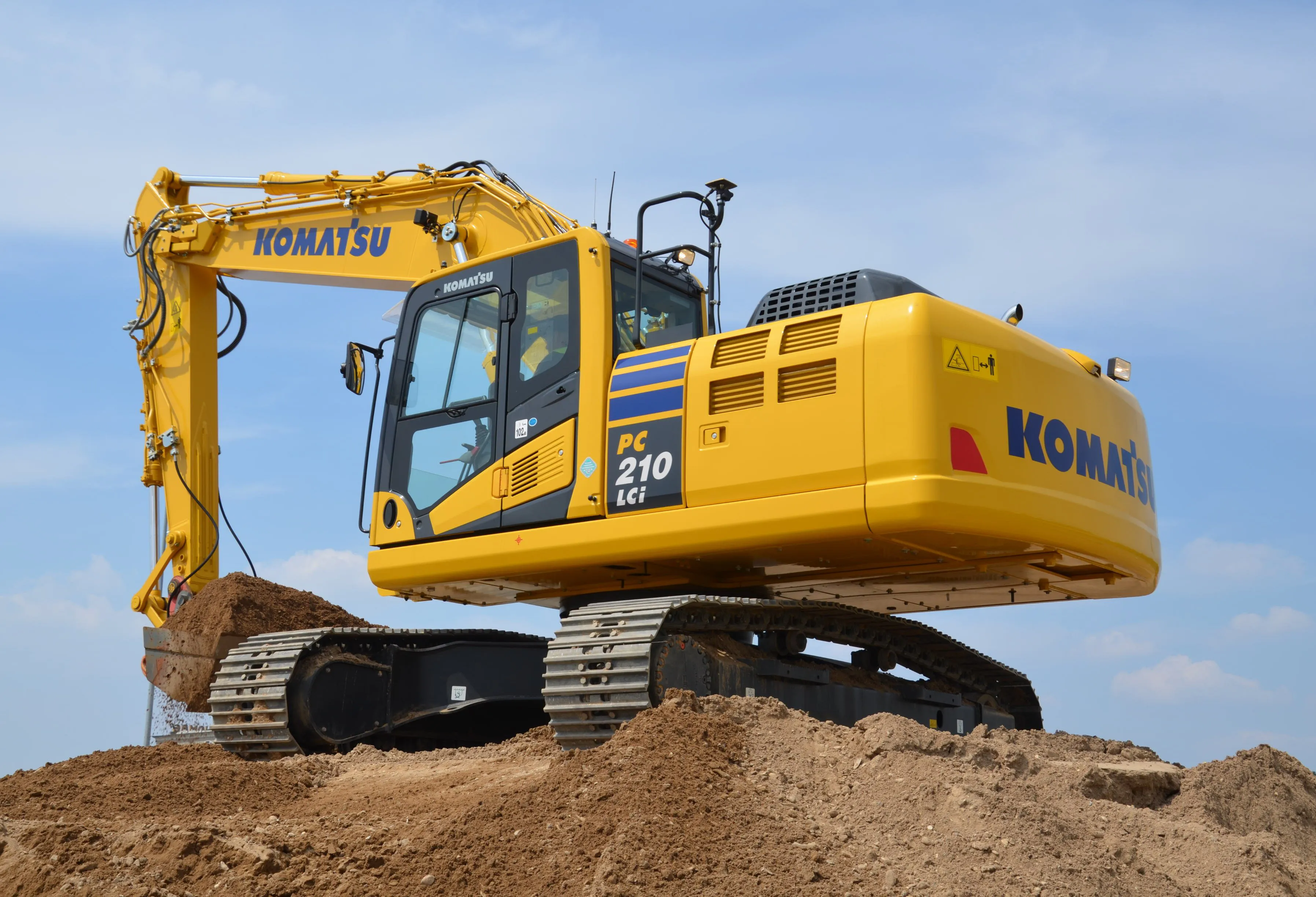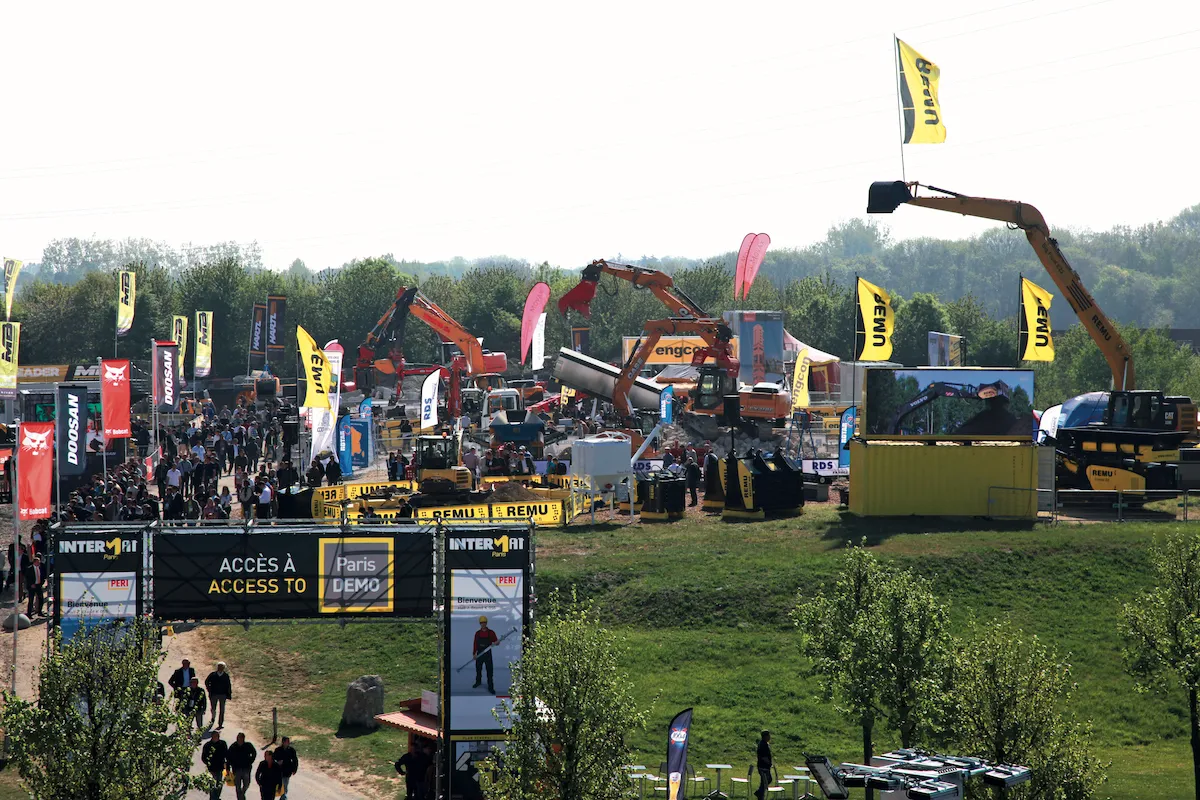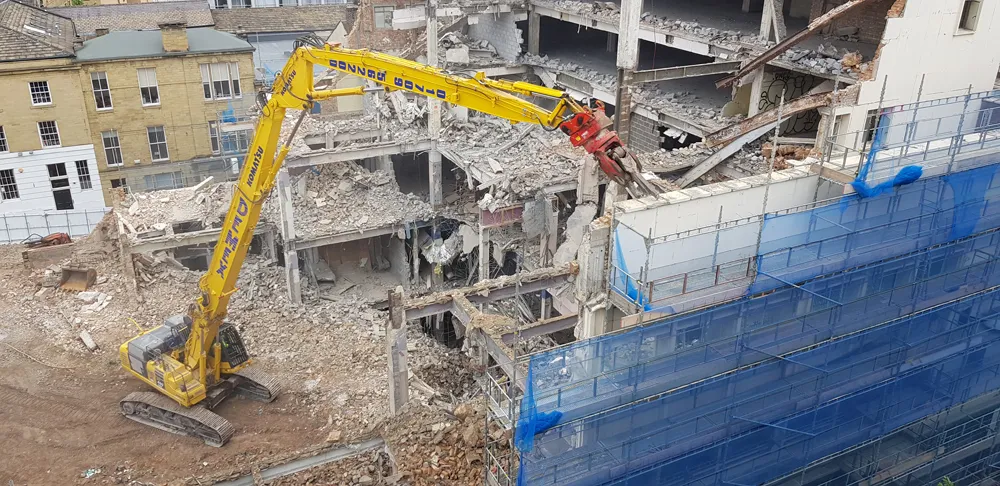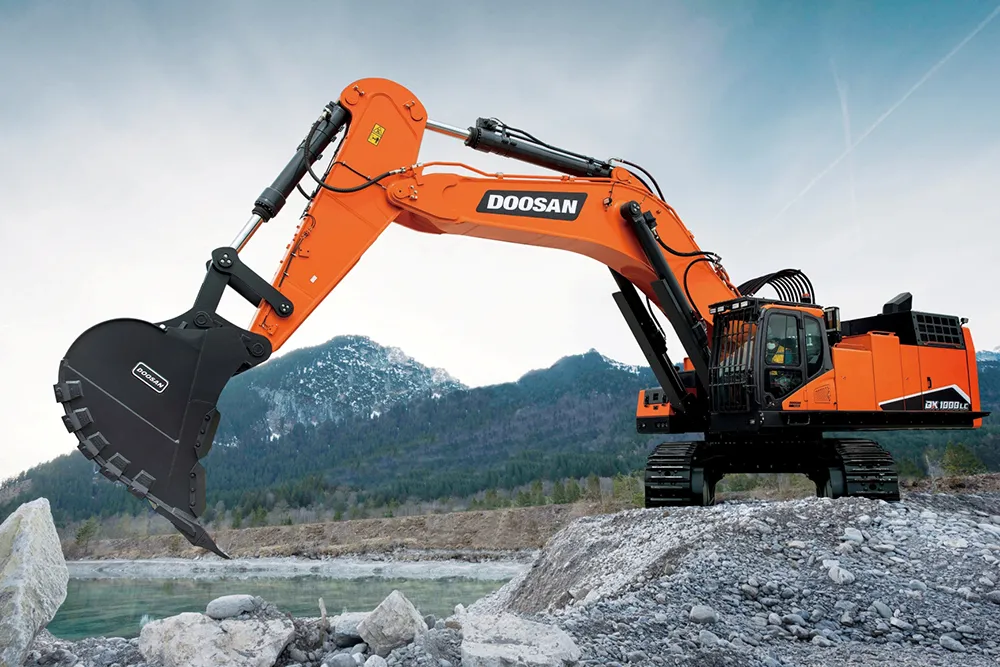Branded the world’s first intelligent machine control excavator, Komatsu’s new to Europe PC210LCi-10 hydraulic excavator features the Japanese company’s exclusive machine control and guidance system.
With features including stroke sensing hydraulic cylinders for the boom, arm and bucket, the exclusive machine control system means PC210LCi-10 operators are said to no longer need to worry about digging too deep or damaging a target surface. From rough digging to finish grading, the new intelligent excavator
February 19, 2015
Read time: 2 mins

Branded the world’s first intelligent machine control excavator, 2300 Komatsu’s new to Europe PC210LCi-10 hydraulic excavator features the Japanese company’s exclusive machine control and guidance system.
With features including stroke sensing hydraulic cylinders for the boom, arm and bucket, the exclusive machine control system means PC210LCi-10 operators are said to no longer need to worry about digging too deep or damaging a target surface. From rough digging to finish grading, the new intelligent excavator can, says Komatsu, dramatically improve efficiency, precision and safety on the work site.
“This latest Komatsu technology is a revolution in how hydraulic excavators will be used in the coming years” says Mal McCoy, product manager for hydraulic excavators and intelligent machine control products. “The ability of the PC210LCi-10 to achieve and maintain grade with minimum effort from the operator is awesome.”
Komatsu’s new intelligent hydraulic excavator model, which has an operating weight of 22.62-23.48tonnes, depending on configuration, is also fitted with Komatsu’s KOMTRAX technology, which sends machine operating information to a secure website utilising wireless technology. Data such as operating hours, fuel consumption, location, cautions and maintenance alerts are relayed to the web application for analysis. The KOMTRAX fleet monitoring system increases machine availability, reduces the risk of machine theft, allows for remote diagnosis by the distributor, and provides a wealth of other information to drive business efficiency and productivity.
With features including stroke sensing hydraulic cylinders for the boom, arm and bucket, the exclusive machine control system means PC210LCi-10 operators are said to no longer need to worry about digging too deep or damaging a target surface. From rough digging to finish grading, the new intelligent excavator can, says Komatsu, dramatically improve efficiency, precision and safety on the work site.
“This latest Komatsu technology is a revolution in how hydraulic excavators will be used in the coming years” says Mal McCoy, product manager for hydraulic excavators and intelligent machine control products. “The ability of the PC210LCi-10 to achieve and maintain grade with minimum effort from the operator is awesome.”
Komatsu’s new intelligent hydraulic excavator model, which has an operating weight of 22.62-23.48tonnes, depending on configuration, is also fitted with Komatsu’s KOMTRAX technology, which sends machine operating information to a secure website utilising wireless technology. Data such as operating hours, fuel consumption, location, cautions and maintenance alerts are relayed to the web application for analysis. The KOMTRAX fleet monitoring system increases machine availability, reduces the risk of machine theft, allows for remote diagnosis by the distributor, and provides a wealth of other information to drive business efficiency and productivity.









